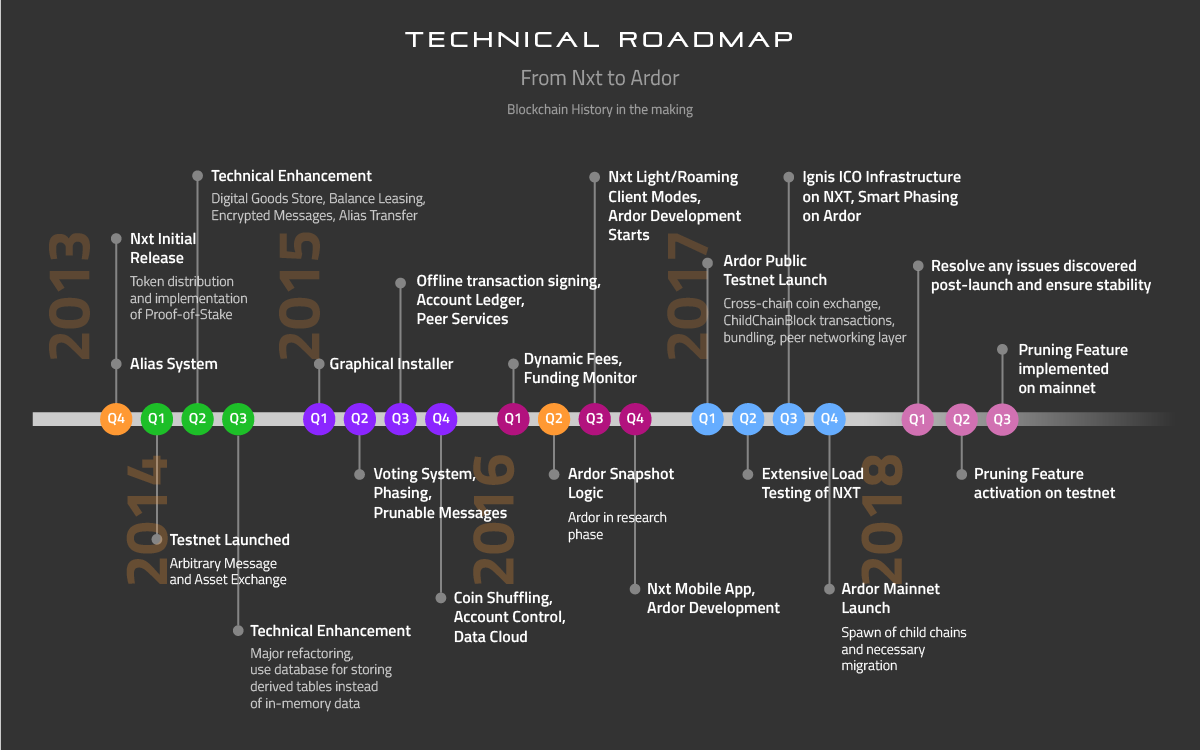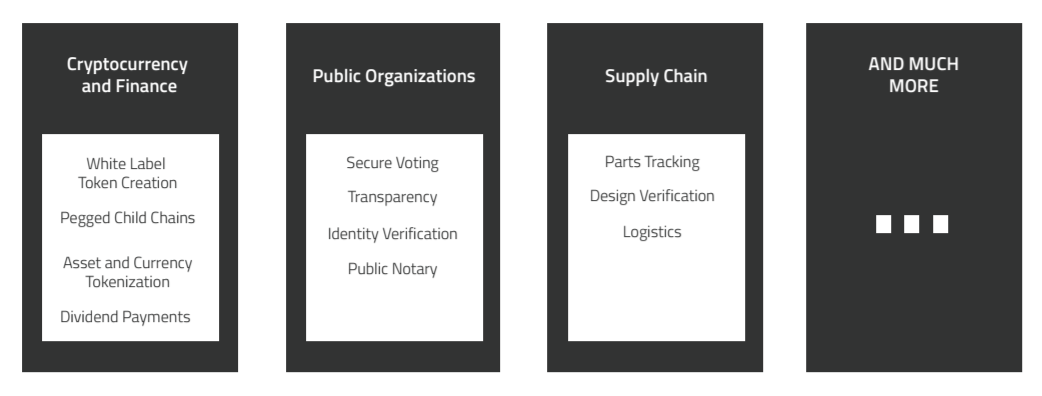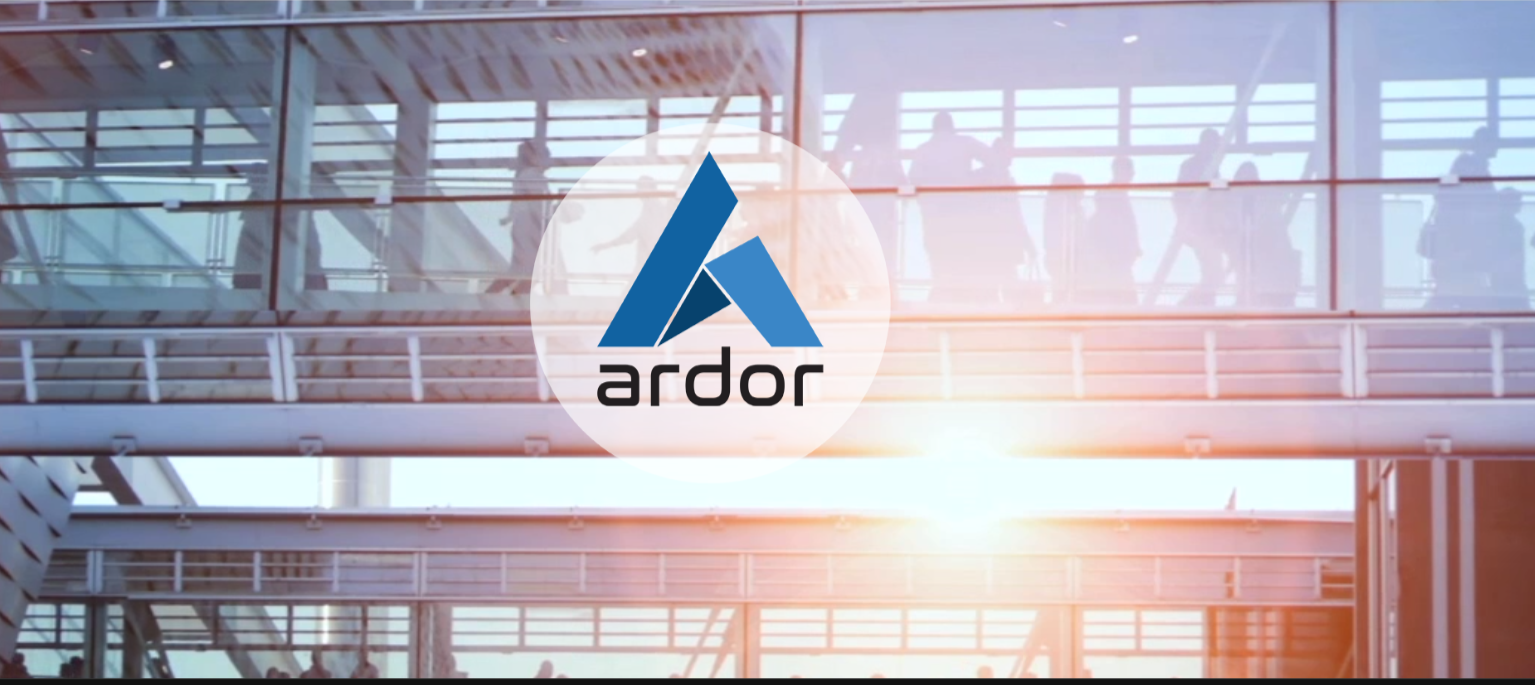Ardor is the latest product from blockchain-as-a-service company Jelurida B.V, which follows in the footsteps of their first blockchain product, the Nxt blockchain platform.
Nxt’s Next Gen
Nxt, Jelurida’s first open source blockchain project that launched in 2013, is an advanced blockchain platform that offers asset exchange, a data cloud, and monetary and voting systems. The company also offers private licences and bespoke enterprise versions, on top of offering a blockchain creation kit for developers to launch their own blockchain platforms on the Nxt ecosystem.
With the testnet launch of Ardor comes the next generation. It is an open-source, evolved version that deals with blockchain bloat, scalability, and versatility issues.
Ardor limits the need to process and store non-essential data in the blockchain, something that is achieved by separating blockchain security tokens from regular transactions. It also brings with it parent/child architecture.
A technical feature comparison between the two platforms can be found here, and a comparison with leading blockchain platforms here.

What Does Ardor Do?
Ardor is a blockchain-as-a-service ecosystem. Much like Ethereum, the Ardor platform eliminates the need to operate outside of the robust platform, and also – as a Proof of Stake platform – eliminates the need for mining. While Ardor’s open source nature will drive much of its innovation, its parent company offers commercial licensing on this product as well.
Ardor offers two key chains.
The Ardor main chain is the processing brain behind all Ardor child chains. It serves to improve performance by relieving blockchain bloat, with each block containing child chain transactions processed in 60 seconds or less. It also functions to distribute the Ardor token (ARDR) from one account to another.
Ardor child chains are independently-created and owned chains. Child chains offer the option to use the Ardor token, or any other token of the chain owner’s choosing. Thanks to bundling, processing non-essential and secure data take place in the child and main chain, respectively. Child chains have the ability, however, to trade assets with any other child chain on the entire Ardor ecosystem. While the setup is still a manual process at this stage, it’s far easier than creating one’s own blockchain.
Ardor’s Child Chains
Ardor’s first child chain, Ignis, recently concluded its ICO. The Ignis child chain shares the following features (as will all future Ardor child chains):
- Account control
- Account number aliases
- Blockchain marketplace
- Coinshuffling
- Customizable monetary systems
- Data cloud storage
- Phasing
- Secure and anonymous voting
- Secure messaging platform
- Third-party plugins
The Ardor Team
Ardor’s parent company, Jelurida B.V., is expertly managed by co-founder, managing director, and senior developer Lior Yaffe, who “eats and drinks programming and technology”, a pastime he’s enjoyed since he received his first computer at 13 years old.
Co-founder and managing director Kristina Kalcheva is the company’s legal expert who specialises in the legalities surrounding blockchain use cases and open-source licensing models.
Petko Petkov, co-founder and core developer, has a BSc in Informatics and a MSc in Electronic Governance. He has a rich professional history coding in server-side Java, C++, Java for Android, JavaScript, Java SE, and Python.
Lead software architect Tomislav Gountchev has worked as a software engineer in Silicon Valley (including the likes of eBay) and founded and ran Nabble. He’s also worked as an R&D software engineer for an open-source enterprise software firm.
How to Purchase and Store Ardor
Since the mainnet has not launched, Ardor does not have its own wallet as yet. Instead, you can use the NXT wallet, as ARDR will remain an asset on the NXT blockchain until mainnet launch.
Bittrex trades ARDR. A step-by-step purchasing guide can be found here.
What’s Next for Ardor
After almost four years, I still don’t know any active cryptocurrency platform that can beat Nxt in versatility and accessibility. It can do many things, in a simple way, using a great API, and it works. The Nxt community has been also exceptional as think tank and nursery for many cool projects in crypto. A great place to be these years. Ardor is literally a new dimension in the ecosystem. And Nxt is a terrific blueprint for custom blockchains.
– Joan Manel Vilaseca, Nxt Foundation Partner, Community Member since December 2013
Now that the Ignis ICO has concluded, the Ardor mainnet launch will go ahead in Q4 of 2017. In the interim, the testnet can be downloaded here.
The proposed timeline includes a final testnet release on November 24, a NXT hardfork on December 24, and an Ardor software release on December 27.
The most interesting development will be seeing what use cases are built on the Ardor platform, as the BAAS (blockchain-as-a-service) ecosystem is an option for a variety of industries to sink their teeth into.

For more in-depth information, download the Ardor whitepaper and connect with the project on Reddit.

